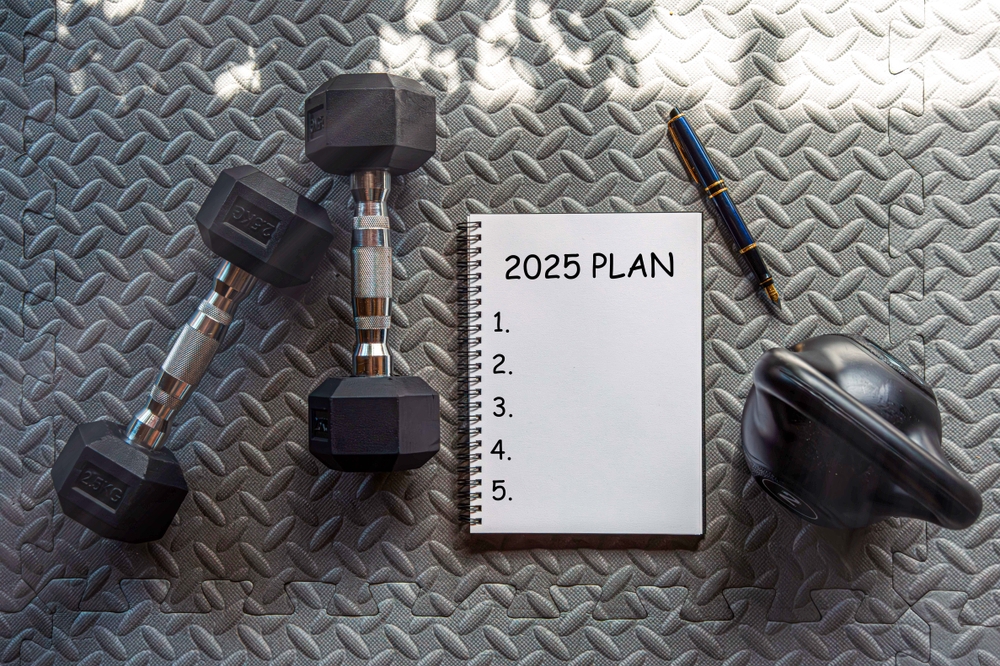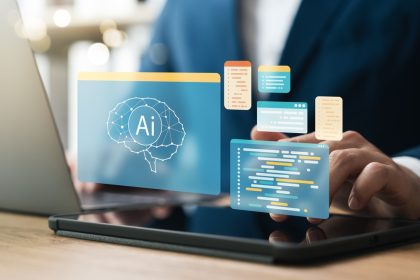Your workout routine has become stale, predictable, and ineffective, but hiring a personal trainer isn’t in your budget and fitness apps feel too generic for your specific needs and goals. Chat AI can bridge this gap by providing personalized workout guidance, real-time form corrections, and adaptive programming that evolves with your progress – all for free and available whenever you need motivation or direction.
Unlike static workout plans or one-size-fits-all fitness apps, AI can analyze your responses, adapt to your preferences, and provide the kind of personalized guidance that usually costs hundreds of dollars per month from human trainers. The key is knowing how to interact with AI effectively to get the most valuable fitness advice.
Get personalized workout plans that adapt to your lifestyle
AI can create customized workout routines based on your specific equipment, time constraints, fitness level, and goals without requiring expensive assessments or consultations. Simply describe your available equipment, how much time you have, and what you want to achieve, and AI can generate detailed workout plans that fit your exact situation.
The real advantage comes from AI’s ability to modify plans instantly based on your feedback. If an exercise feels too easy, too difficult, or causes discomfort, you can get immediate alternatives that maintain the same training stimulus while accommodating your needs. This adaptability prevents the frustration of following unsuitable programs.
AI can also help you progress systematically by suggesting when to increase weights, add repetitions, or advance to more challenging exercises based on your reported performance. This prevents both plateaus from insufficient challenge and injuries from progressing too quickly.
Receive real-time form coaching and exercise modifications
Describe any exercise you’re unsure about, and AI can provide detailed form cues, common mistakes to avoid, and troubleshooting tips for exercises that don’t feel right. This coaching can help you perform exercises more effectively while reducing injury risk from poor technique.
When exercises cause pain or discomfort, AI can suggest modifications or alternative exercises that target the same muscles without aggravating problem areas. This problem-solving capability helps you maintain consistent training despite minor injuries or physical limitations.
AI can also explain the purpose and benefits of each exercise, helping you understand why certain movements are included in your routine. This knowledge helps you stay motivated and make informed decisions about substitutions when needed.
Track progress and optimize programming intelligently
Use AI to analyze your workout data and identify patterns in your performance, recovery, and progress that might not be obvious from casual observation. By describing your energy levels, performance changes, and how you feel after workouts, AI can help identify when you need more recovery or when you’re ready to increase intensity.
AI can help you troubleshoot plateaus by analyzing your current routine and suggesting specific changes to break through sticking points. Whether you need more volume, different exercise selection, or programming adjustments, AI can provide targeted solutions based on training principles.
Get help creating periodized training plans that cycle through different phases of training to prevent burnout and optimize long-term progress. AI can explain how to structure training blocks for strength, endurance, or other specific goals while maintaining motivation through variety.
Maximize AI effectiveness with smart questioning
Be specific about your goals, limitations, and preferences when asking for workout advice. Instead of asking for a “good workout,” describe your equipment, time availability, experience level, and what you want to achieve. The more context you provide, the better AI can tailor its recommendations.
Ask follow-up questions to clarify anything you don’t understand and request modifications when suggested exercises don’t work for your situation. AI responds well to iterative conversations where you refine the advice based on your feedback and needs.
Use AI to explain the reasoning behind exercise selections and programming decisions. Understanding why certain exercises are recommended helps you make better independent decisions and builds your fitness knowledge over time.
Combine AI guidance with real-world application
Start with AI-generated plans but be willing to modify them based on how they feel during actual workouts. AI provides excellent starting points, but your body’s responses during training should guide final decisions about exercise selection and intensity.
Use AI as a supplement to, not a replacement for, proper medical advice if you have injuries or health conditions that affect exercise. AI can help you work around limitations, but serious health issues require professional medical guidance.
Document your experiences with AI-recommended workouts to build a database of what works best for your body and preferences. This information helps you ask better questions and get more targeted advice over time.
Consider using AI to prepare questions for human trainers or physical therapists, maximizing the value of any professional consultations by having specific, well-informed inquiries about your training needs and goals.

















